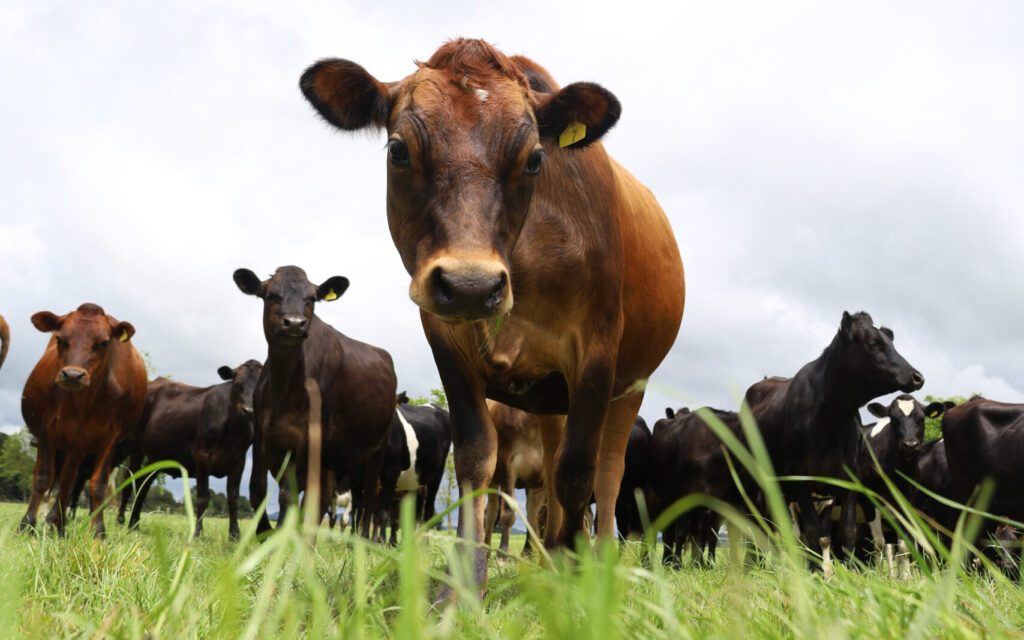Now that scanning is done and the results are in, LIC’s John Tobin shares some stock sale strategies to accelerate herd improvement.
If you have a low empty rate and have also reared extra heifers, you now have some options with stock sales.
Many farmers will choose the option of selling those extra heifers to generate immediate income. They will most likely opt to sell off the poorest heifers and keep the better heifers to improve the genetics of the milking herd.
However, if your goal is to improve the herd, think about selling the poorest of the whole herd. It is likely your poorest animals are in the milking herd, not in the heifers.
Keep your heifers for better herd improvement
Some will worry about getting 25% less production out of heifers compared to cows, but that is not always the case. I looked at one farmer’s ICBF HerdPlus report and found that the bottom 15% of cows on C.O.W score were producing 88% of the herd average – at 483 vs 548kgms. The first lactation heifers were producing 83%, at 457kgms. So, in their first lactation, there was only 5% (26kgms) production difference between the heifers and the poorer older cows.
The gap will close further in the second lactation and, once these heifers hit maturity, they should be producing 80kgms more than the low C.O.W. score cows.
Quality animals have a short payback timeframe. By the third lactation these same heifers would likely be producing €375 more milk revenue each per year than the culled cows they replaced.
Heifers should be your best stock and often your worst heifers are better than your worst cows, hence they are better stock to breed your next generation from. Genetic merit compounds, building up in the herd year on year, accelerating herd improvement.
The other concern is the lost revenue when you sell an in-calf cow instead of an in-calf heifer. If you get an agent to value your heifers, also ask them to value your low C.O.W. score cows. It won’t take long, and it might surprise you. There could be only €400 difference between the in-calf cow and the in-calf heifer. In Ireland, there seems to be a market for every type of cow regardless of in-calf status, calving date, or stage of lactation.
Take the opportunity to compact calving
Another option addresses a spread-out calving pattern. A compact calving is important, as you need to match peak milk production with peak grass growth to maximize milk production from your cheapest feed, grass. Late-calving cows are unlikely to have reached peak production by magic day.
If more days in-milk and a tighter calving pattern appeals, replacing late calving cows with early calving heifers will tighten up your calving spread and help you achieve a better 6-week pregnancy rate. This can be maintained in the years ahead if you keep the calving pattern of the young cows tight.
Of course, the suggestion is not to continually have a large influx of heifers every year. But if there is an opportunity to tighten calving spread and match your calving spread to grass growth, then you should pursue it within reason.
You will only find yourself in the position to do voluntary culling if your repro performance is at a high standard. This means getting genetics, nutrition, body condition score, animal health, mating and heifer management right.
Talk to LIC Ireland for more information on how to achieve better herd repro performance.



